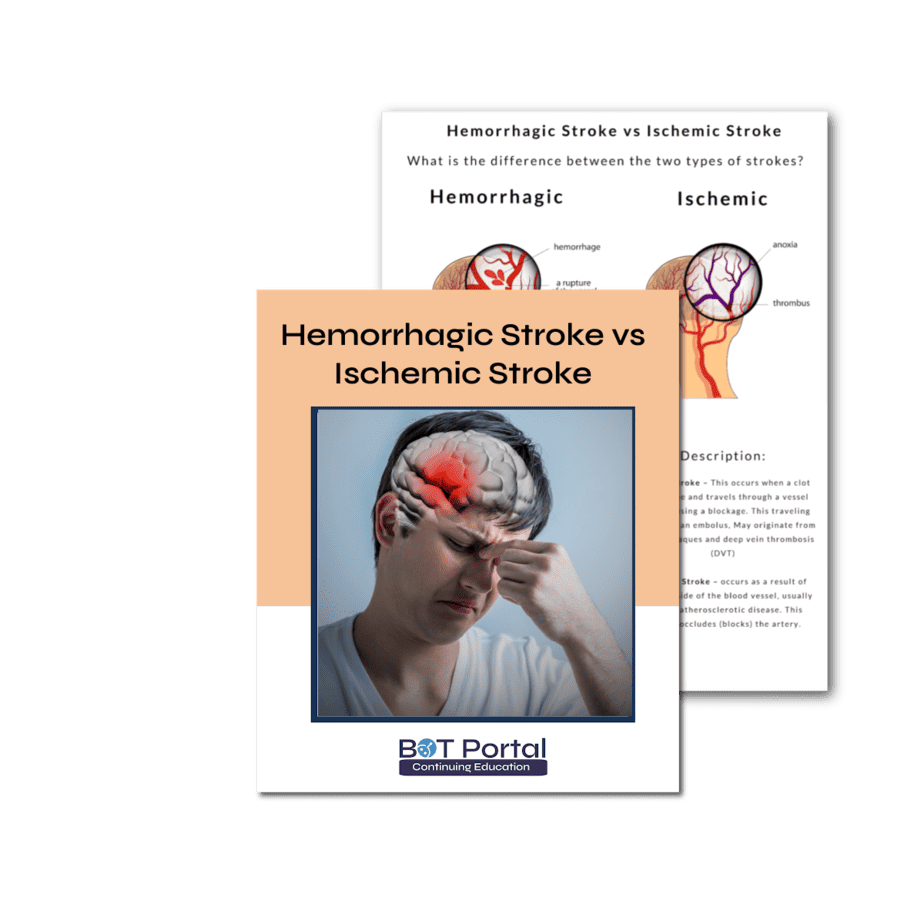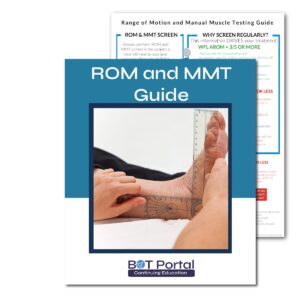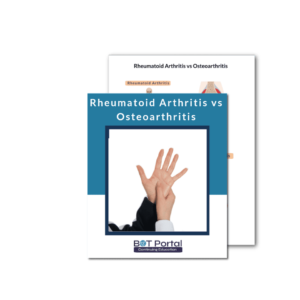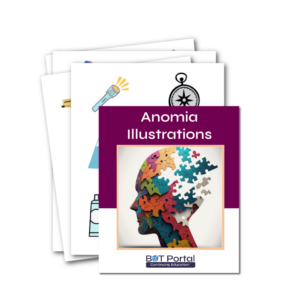Description
Hemorrhagic Stroke vs Ischemic Stroke
In the realm of stroke rehabilitation, understanding the nuances between Hemorrhagic Stroke vs Ischemic Stroke is essential for tailoring effective rehabilitation interventions to the unique needs of each individual. While both types of stroke share the common characteristic of disrupting blood flow to the brain, they present distinct challenges and considerations in the rehabilitation process.
Hemorrhagic stroke occurs when a weakened blood vessel in the brain ruptures, causing bleeding into the surrounding tissue. This sudden influx of blood can exert pressure on delicate brain structures, leading to tissue damage and neurological deficits. In contrast, ischemic stroke occurs when a blood clot or plaque obstructs a blood vessel, depriving the brain of oxygen and nutrients. Despite their differing mechanisms, both types of stroke can result in significant impairments in motor function, speech, cognition, and other essential activities of daily living.
The rehabilitation approach for hemorrhagic stroke typically focuses on managing complications associated with bleeding in the brain, such as intracranial pressure and swelling. Additionally, rehabilitation interventions aim to address functional deficits resulting from neurological damage, including weakness, balance disturbances, and cognitive impairments. Physical therapy, occupational therapy, and speech therapy are integral components of the rehabilitation process, helping individuals regain lost skills and maximize independence.
In contrast, the rehabilitation approach for ischemic stroke revolves around restoring blood flow to the affected area of the brain and preventing further damage. Time-sensitive interventions, such as thrombolytic therapy and mechanical thrombectomy, aim to dissolve or remove the blood clot responsible for the obstruction. Following acute treatment, rehabilitation efforts focus on addressing residual impairments and promoting recovery. Physical and occupational therapy play crucial roles in facilitating motor recovery, while speech therapy targets communication deficits and swallowing difficulties.
In both types of stroke, the principles of neurorehabilitation grounded in motor learning and plasticity serve as guiding principles for optimizing recovery. By harnessing the brain’s ability to adapt and rewire itself, rehabilitation interventions aim to promote neural recovery and functional improvement. Feedback mechanisms, personalized care plans, and interdisciplinary collaboration are essential components of the rehabilitation process, ensuring that interventions are tailored to individual needs and goals.
Ultimately, effective stroke rehabilitation requires a comprehensive and multidisciplinary approach that addresses the unique challenges posed by hemorrhagic stroke and ischemic stroke. By embracing evidence-based practices and leveraging the principles of motor learning and plasticity, individuals affected by stroke can embark on a journey of recovery characterized by resilience, progress, and restored quality of life.
Check out this product: Principles of Neurorehabilitation after a Stroke Based on Motor Learning and Plasticity




